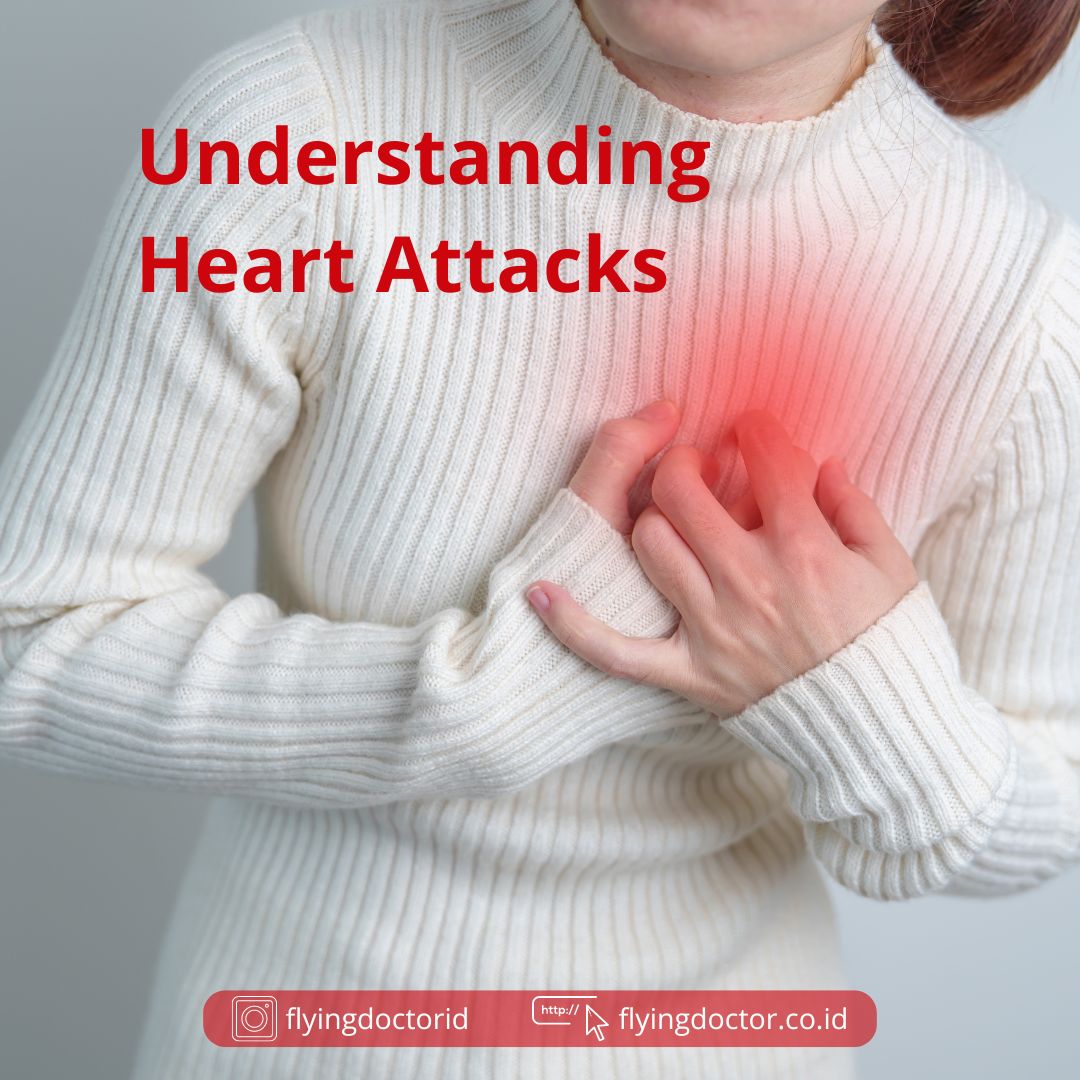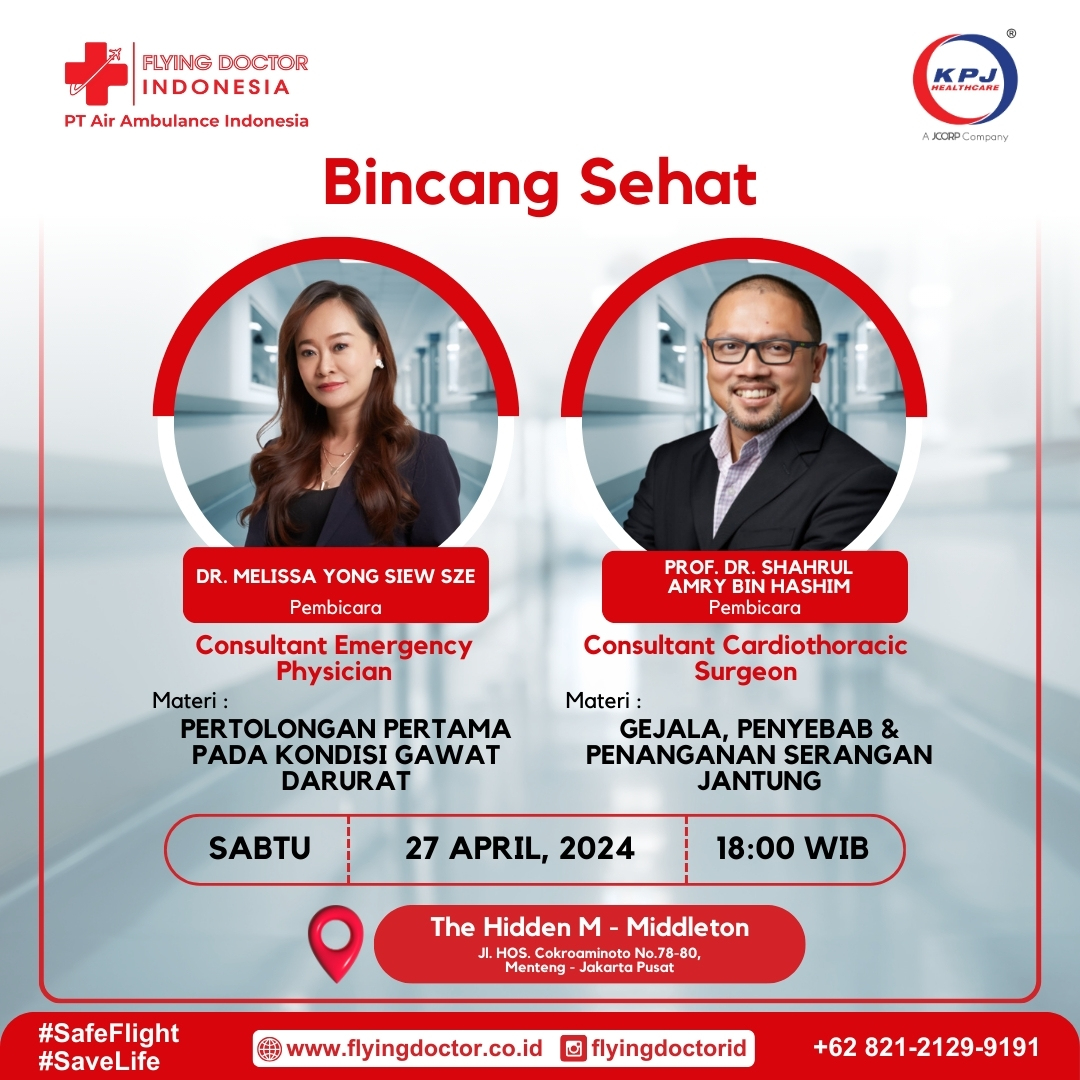A heart attack is what exactly?
The occurrence of a heart attack, which is also referred to as a myocardial infarction, takes place when the blood supply to the heart muscle is limited or obstructed, resulting in an inadequate transportation of oxygen to certain regions of the heart. This obstruction is often brought on by atherosclerosis, which is a disease in which plaque, which is a buildup of fatty deposits, cholesterol, calcium, and blood cells, builds inside the arteries. This condition commonly causes the arteries to become narrower or obstructed. Disruption of the plaque causes the formation of blood clots, which ultimately leads to a blockage. Under these circumstances, the heart muscle is deprived of oxygen and nutrients, which ultimately results in damage to the tissue and a heart attack.
An attack on the heart, often referred to as a myocardial infarction, takes place when the blood supply to a portion of the heart is cut off, which results in the destruction or death of the muscle tissue that makes up the heart. Recognizing the warning symptoms in a timely manner is very necessary in order to seek emergency medical assistance. These are the most important indicators:
- This may feel like pressure, burning, tightness, or discomfort in the chest. Chest discomfort may also be referred to as chest pain. More than five minutes is the normal duration of this event.
- Persistent pain that is similar to indigestion is referred to as digestive disturbances.
- Radiating pain is pressure that originates in the chest and extends to other parts of the body, such as the shoulder, arm, neck, jaw, or back.
- Lightheadedness, fainting, sweating, or stomach discomfort are some more symptoms that may exhibit.
- Having difficulty breathing without a clear explanation is referred to as unexplained shortness of breath.
- Anxiety, weakness, or fatigue that cannot be explained: Pay attention to any sensations that are out of the ordinary.
Understanding the variables that put a person at risk for having a heart attack is critical for prevention. The following are some important considerations:
- Elevated blood pressure, also known as hypertension, puts strain on the cardiovascular system, including the heart and arteries, which in turn raises the likelihood of having a heart attack.
- Excessive Cholesterol: Excessive amounts of LDL cholesterol, often known as “bad” cholesterol, might cause plaque to accumulate in the arteries, which can constrict them and increase the risk of receiving a heart attack.
- The use of tobacco causes damage to blood vessels and speeds up the process of atherosclerosis, which is the narrowing of arteries.
- Diabetes: Diabetes that is not under control may have an effect on blood vessels and can increase the risk of developing heart disease.
- Excess weight puts pressure on the heart and adds to other risk factors, which is why obesity is a problem.
- Absence of physical activity: A lack of exercise causes the heart to become weaker and contributes to weight growth.
- Genetics: If you come from a family with a history of heart disease, your risk will be higher.
- Men over the age of 45 and women over the age of 55 are at a greater risk than younger people
- When it comes to mental health, chronic stress and depression have the potential to have an effect on heart health.
- Poor Diet: Diets that are heavy in processed foods, saturated fats, and trans fats are all factors that contribute to the development of heart disease.
Keep in mind that making adjustments to your lifestyle and going in for frequent checkups may dramatically lower your risk.
Considering that women may exhibit a distinct set of warning symptoms, it is imperative that they remain watchful. In women, symptoms may include the following:
- Pain or discomfort in the chest is present.
- There is pain in various parts of the upper body, such as the arms, back, neck, jaw, or abdomen.
- Shortness of breath, chilly chills, nausea, and minor headaches are some of the other symptoms that may be experienced.
Keep in mind that not all people who suffer from heart attacks feel the immediate chest discomfort that is often shown in movies. Some of the symptoms may be quite subtle. If you or someone else experiences these symptoms for a period of five minutes or longer, you should seek medical assistance as soon as possible. You may either get someone to take you to the closest emergency hospital or call an ambulance immediately. Refrain from driving oneself.
In the field of medical evacuation services, Flying Doctor Indonesia is an industry leader. This is how we may be of assistance:
- Bed-to-Bed Transfer is a seamless air ambulance service that is used for medical evacuation, repatriation, and medical tourism.
- When it comes to on-site medical examinations, their staff takes care of everything, from logistics to file paperwork.
The effective services provided by Private Air Ambulance will allow you to bring your loved ones home more quickly. - In order to survive a heart attack, it is essential to seek medical attention as soon as possible. In the event of an emergency, Flying Doctor Indonesia is the company to call for dependable aid.
https://www.instagram.com/p/C9l0EUNP36t/?utm_source=ig_web_copy_link&igsh=MzRlODBiNWFlZA==



